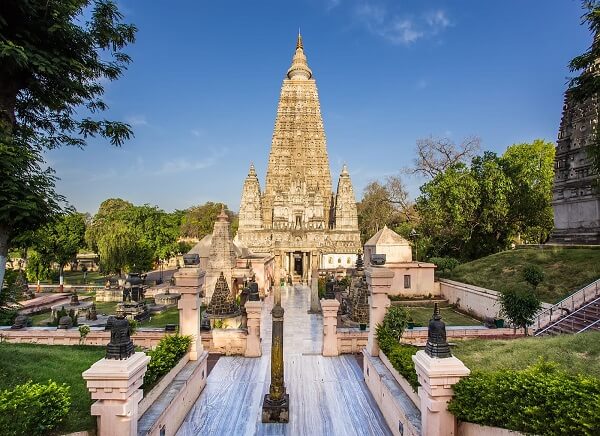The Mahaparinirvana Temple in Kushinagar, Uttar Pradesh, is a renowned pilgrimage site for Buddhists attracting hundreds of thousands of tourists and devotees every year. The temple was discovered in 1876 during an excavation work undertaken by archaeologist A.C.L. Carlleyle. The temple was found close to the Mahaparinirvana Stupa (as the excavation was being done for the Stupa itself) which established the use of a common brick platform for both, temple and stupa.
Further, the same excavation brought out several pieces of a big sand stone image of Lord Buddha. The image was some 19.5 feet long and had Lord Buddha in the Parinirvana posture. In 1955, the need was felt to construct a new Mahaparinirvana Temple as the available space for devotees was found to be small. So, a new temple came up in the year 1956 which also happened to be Lord Buddha's 2500th birth year.
The major highlight of the Mahaparinirvana Temple is its serene reclining Buddha of the 5th century. It shows Buddha on the ancient death-bed and it’s a very moving icon in itself. Every day at sunset, the statue is covered with a silk sheet of saffron color and monks do this ritual. The ancient 19m-tall stupa right behind the temple is another major highlight, so does a Dalai Lama-erected large bell in the park.




 +91-7303039611
+91-7303039611